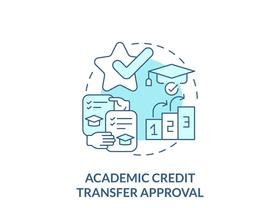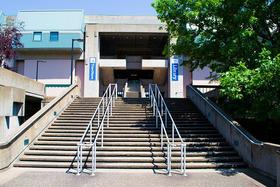As community colleges struggle with over-crowding and a lack of funding, for-profit colleges are offering to help, giving community college students the opportunity to earn transferable credits at low tuition rates.
Kaplan’s Online Courses Can Count Towards Community College Degrees
The Wall Street Journal reports that Kaplan University, a for-profit college owned by the Washington Post Co., is offering California community college students the option of taking courses at its online schools. These credits can be applied towards a degree at their home campuses.
In addition, the newly created Community College Connections program will allow students to take Kaplan’s online courses at a 42% discount, which will make the cost of courses similar to that of a community college course.
Kaplan will also allow graduates of California’s community colleges to transfer to one of its degree programs and complete their bachelor’s degrees at a 10% discount, according to the Wall Street Journal.
This video gives an overview of Kaplan education.
Community College Credits Count Towards B.A. Degrees at Bridgepoint
Meanwhile, Ashford University, which is operated by Bridgepoint Education Inc., is signing articulation agreements with a number of community colleges and public universities and colleges. The articulation agreements usually outline that students transferring from the community college or public university may transfer up to 90 credits towards earning their degrees from Ashford University.
A press release issued by Bridgepoint indicates

















